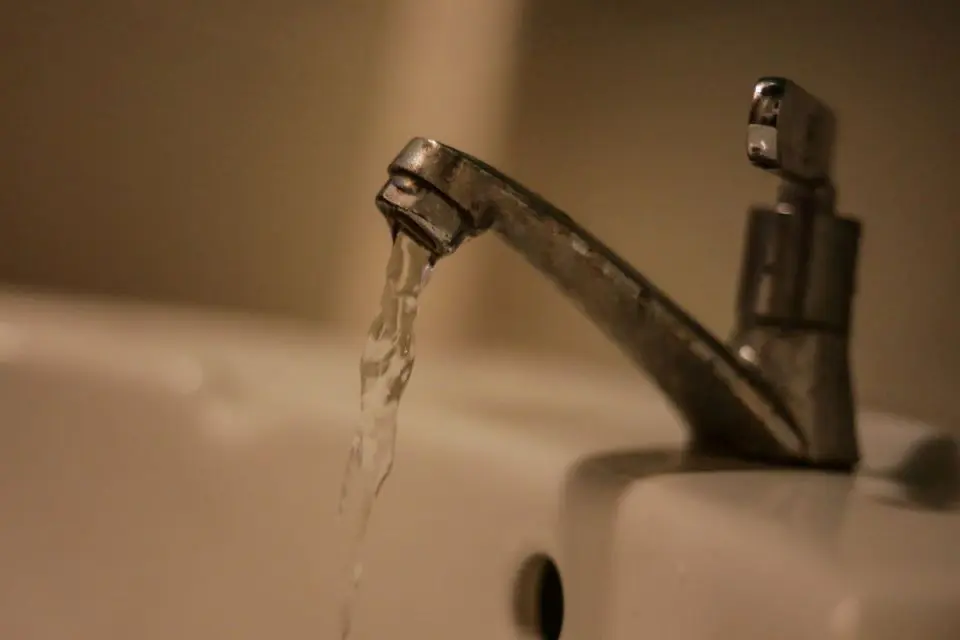KUALA LUMPUR, March 11 — Every year on March 14, the world observes the International Day of Action for Rivers to raise awareness on the importance of rivers and the sustainable management of watersheds.
In Malaysia, particularly in the Klang Valley, the people only know too well how crucial it is for rivers to remain healthy. The water treatment plants in this country are mostly dependent on rivers for their raw water needs and even the slightest hint of pollution in a river can lead to the shutdown of a treatment plant and disruption of water supply to homes and businesses.
In recent years, hundreds of thousands of Klang Valley households have faced a string of unscheduled water cuts due to the indiscriminate dumping of effluents into Sungai Selangor, Sungai Langat and their tributaries.
In the latest incident, the Rantau Panjang and Sungai Selangor Phases 1, 2 and 3 water treatment plant halted operations temporarily on December 7 after odour pollution was detected in Sungai Selangor. Investigations identified the water discharged from an illegal catfish pond in Serendah, Selangor, as the cause of the odour pollution
For almost a decade, the Association of Water and Energy Research Malaysia (AWER) has been urging the government to amend the Environmental Quality Act (EQA) 1974 by adding a new clause requiring polluters to cover the full cost of cleaning up the rivers and water treatment plants concerned after pollution is detected.
Strengthen the law
“The most dangerous form of pollution occurs when chemicals that are toxic, odourless and colourless are discharged into the river,” said AWER president S Piarapakaran.
He told Bernama many business entities opt to discharge or discard their effluents illegally to increase their profit margin because treating their wastes would be an additional cost for them.
“Both legal and illegal operations can be involved in this (discharging waste illegally),” he said, adding that currently, the penalty for polluting a river, as well as the clean-up cost that can be claimed from the polluter, is “a very small fraction” of the actual cost of pollution.
He said the new clause to the EQA proposed by AWER would enable the Department of Environment (DOE) to tabulate the loss of income and additional costs suffered by the affected parties during a river pollution incident.
This enabler clause can also allow the DOE to freeze the assets of the wrongdoer to the total amount of money they owe under DOE’s lawsuit, he said.
“In fact, the penalty, clean-up cost and claims from the affected parties that the wrongdoers will have to pay may run into a few million ringgit,” he said, adding that this will serve as a deterrent to potential polluters.
Raw water tariff
Piarapakaran also recommended four long-term solutions to safeguard the quality of Malaysia’s raw water resources.
First, a raw water tariff, which is based on the quality of raw water supply, should be in place to ensure that state governments are receiving equitable income by protecting water catchment areas to secure raw water resources, including transboundary raw water supplies.
“When water catchment areas are protected, the raw water quality will be better. This will reduce the cost of treating water, which will be translated into an equitable and affordable water tariff (for consumers),” he said.
Second, the government should set up a proper database system to monitor the movement of chemicals in Malaysia and to ensure records are available to prevent illegal dumping, especially into drains and rivers.
All chemicals that are harmful and produce harmful by-products (after processing) must be recorded in the database system.
“The DOE should do periodic audits and set time limits based on the processing capacity to detect a possible delay in waste handling by business entities. This will enable the authorities to narrow down to the possible culprit in the event of illegal dumping,” explained Piarapakaran.
Pollution reversal
Third, local governments must develop a mechanism to detect the type of waste produced by industries.
Piarapakaran said the local authorities must assist in the verification process for the chemical database. With training from DOE, local authority officers can assist to establish the type of waste produced by a business entity (solid, liquid or gaseous).
Fourth, the DOE should develop a pollution loading-based wastewater discharge standard to begin the process of “pollution reversal”.
Piarapakaran said the rise in population density and economic activities have increased pollution loading to rivers over the years.
“Even if the current wastewater discharge standard by DOE is followed to the highest standard, it will not be able to reduce the water pollution problem.
“This is because the carrying capacities of rivers are limited and lower during the dry season. This is why the DOE must develop a pollution loading-based wastewater discharge standard to begin pollution reversal,” he said.
In the longer run, this will assist in ensuring existing water catchments at the upstream parts of rivers are protected. This pollution reversal method will also create new water catchments in the midstream and downstream parts of the rivers, he added.
— Bernama
This article is in conjunction with International Day of Action for Rivers on March 14 and World Water Day on March 22.





